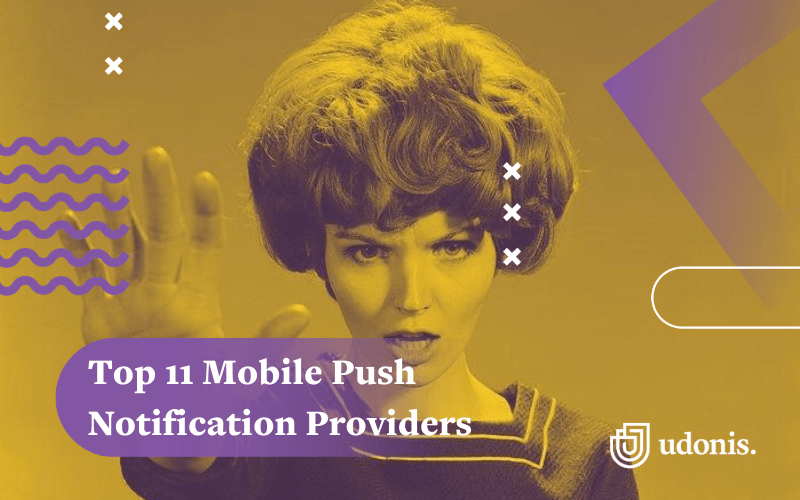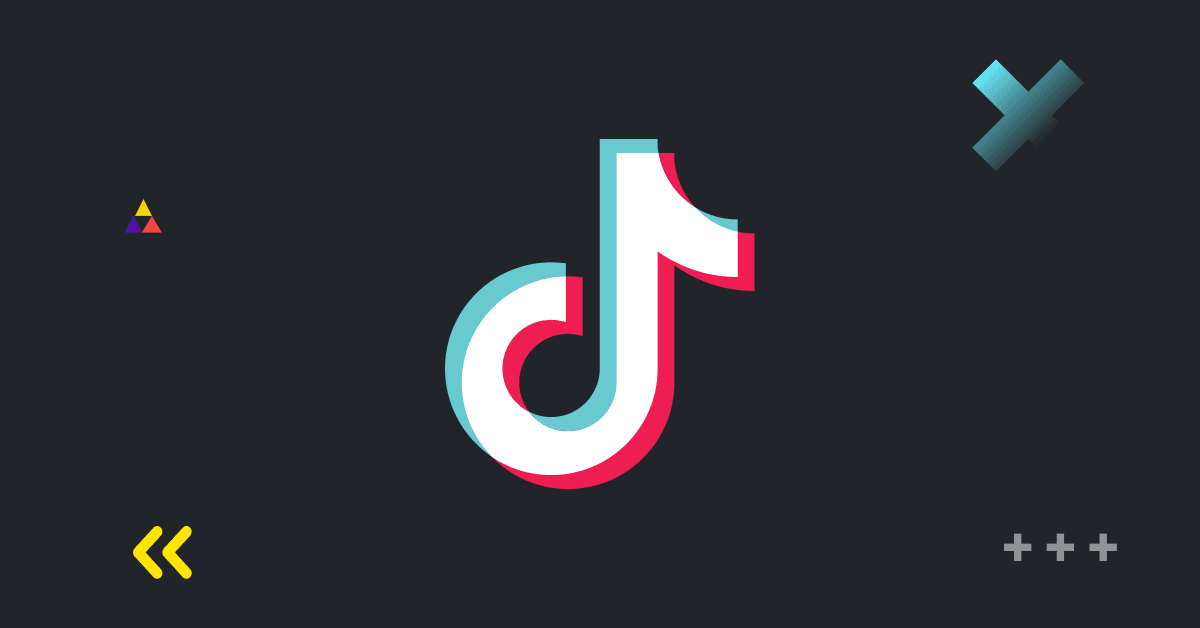App marketing mistakes can set you back big time. If your freshly published application is buried in the app store, all that hard work and creativity were for nothing. Knowing the pitfalls is the first step to avoiding them – read on to steer clear of them and set your app on the path to success.
Let’s dive right in.
1. Lack of ASO Knowledge
You’ve built a fantastic app, but the downloads are trickling in at a snail’s pace. One of the most common app marketing mistakes is overlooking the power of App Store Optimization (ASO). Consider ASO as the SEO for app stores. It’s all about improving your app’s visibility in the app store search results, leading to more organic downloads. Let’s break it down.

Importance of Keywords
Keywords play a significant role in ASO. Just like you use specific keywords to search for apps, potential app users and players use them too.
Research and use relevant keywords in your app’s title and description to make your app easily discoverable. Understand your audience, find out the keywords they might use, and integrate them effectively.
Optimizing Title and Description
An attention-grabbing title and a clear, concise description can work wonders for your app’s downloads. The title should contain the most important keyword and give an idea on the app’s purpose.
The description should highlight the app’s features and benefits, along with secondary keywords, encouraging users to download it.

Utilizing App Store Analytics
Make use of app store analytics to monitor your app’s performance. Understand what’s working and what’s not, then tweak your ASO strategy accordingly. By analyzing the data, you can find new keywords, optimize your app listing, and enhance your app’s visibility, ensuring a steady flow of downloads.
Also, check out this list of useful ASO tools.
2. No Paid User Acquisition Strategy
Stepping into the app world without a paid user acquisition strategy is one of the biggest app marketing mistakes. Many times, relying solely on organic growth feels like the right path. It’s natural to assume that if your app is stellar, players will inevitably flock to it. But here’s where the plot thickens.
In an ecosystem teeming with millions of apps, even the most exceptional ones can get buried under the pile. Even if your app is brilliantly designed and highly functional, lacking a solid UA strategy can lead to its untimely demise.
Data-Driven UA
It’s about intelligently investing funds to acquire high-value users. Paid UA is not about throwing money in blindly and hoping for the best. It’s about making data-driven decisions to reach your most relevant audience and scale up your user base.
Think about it.
An effective paid UA strategy acts like a magnifying glass, spotlighting your app among a sea of alternatives.

Ad Creatives
Good ad creatives are the backbone of this setup.
They capture the essence of your app and resonate with the audience, compelling them to click and download. A generic, uninspiring ad will hardly cut through the noise. Crafting visually appealing and engaging ads is not just ‘nice-to-have’ – it’s a necessity.
Ad Networks
Choosing the right ad network is the final piece of this puzzle. All ad networks are not created equal. Each has its own set of features, targeting options, and pricing models.
What’s more, some are better for acquiring app users, while others are geared more towards acquiring players for mobile games.
It’s crucial to partner with one that aligns with your goals and budget. Evaluate the ad networks meticulously, ensuring they have a proven track record in your app’s niche.
3. Ignoring Critical App Data
Navigating the app market without consistently monitoring essential app data is another frequent app marketing mistake. This oversight can hinder your user acquisition efforts, leaving your app lost in the abyss of the app stores.
Let’s delve into the significance of not ignoring crucial app data and ensuring your app’s continual growth and enhancement.

User Behavior Analysis
Understanding how users interact with your app is fundamental. Analyze user behavior to discern patterns, preferences, and pain points. This analysis provides a clear lens to refine and enhance your app, and ensures it aligns with user expectations and needs.
Remember, a happy user is a loyal user.
Performance Metrics
Monitoring performance metrics is non-negotiable. Keep a close eye on app download rates, user retention, and in-app behavior. These metrics shed light on your app’s strengths and weaknesses, allowing for targeted optimization. Performance metrics are the compass guiding your app towards enhanced functionality and user satisfaction.
Data-Driven Decisions
Make decisions rooted in data, especially when it comes to user acquisition. Let the numbers lead the way.
Data-driven decisions eliminate guesswork, and provide a solid foundation for making improvements, introducing new features, or tweaking ad campaigns. This approach guarantees decisions that contribute positively to your app’s growth and user experience.
Ready to delve deeper? The next segment promises more insights to steer clear of common app marketing mistakes.

4. No Pre-Launch Marketing Plan
Launching your app without a pre-launch marketing strategy is like unveiling a masterpiece in an empty gallery – no one is there to appreciate it. The absence of early marketing can result in a lackluster launch, making this one of the biggest app marketing mistakes.
Let’s uncover the essentials of a robust pre-launch marketing plan.
Building Anticipation
Generate a buzz before your app hits the store.
Utilize social media platforms, websites, and online communities to create excitement and anticipation. Tease features, share sneak peeks, or offer early access to pique interest. This early buzz can contribute to a successful launch by having an eager audience ready and waiting.
Initial User Acquisition
A pre-launch marketing plan aids in garnering an initial user base. This audience can provide invaluable feedback, helping you fine-tune the app before the grand launch. Early users not only boost your downloads right out of the gate, but they can also serve as brand ambassadors, spreading the word and enhancing your app’s visibility.
Market Research
Don’t skip market research in your pre-launch phase.
Understand your audience, competitors, and market trends. This research informs your marketing strategy, helps you position your app effectively, and target the right audience with compelling messaging and offers.
5. Not Applying a Viral Strategy
Finally, stepping into the app market without a viral strategy is a missed opportunity for enhancing visibility and user acquisition at minimal costs.
It’s not just about getting your app out there; it’s about making sure people talk about it and share it.
Let’s dissect the components of an effective viral strategy.

Referral Programs
Implementing a referral program is a win-win situation.
Your users can earn rewards, and in turn, your app gains more downloads and users. The key is to make the referral process as simple and rewarding as possible to encourage users to invite friends, family, and colleagues to download your app.
Shareable Content
Encourage users to share your app’s content. Whether it’s a fun in-app achievement, a useful feature, or an interesting piece of content, making it easily shareable can increase your app’s exposure exponentially. Ensure that your app has features that users will want to share on their social platforms.
Social Media Integration
Seamlessly integrating social media within your app can bolster your viral strategy.
Allow (and incentivize) users to connect their social media accounts, share updates, and invite others to use the app. This integration not only enhances the user experience but also expands your app’s reach exponentially.







Comments